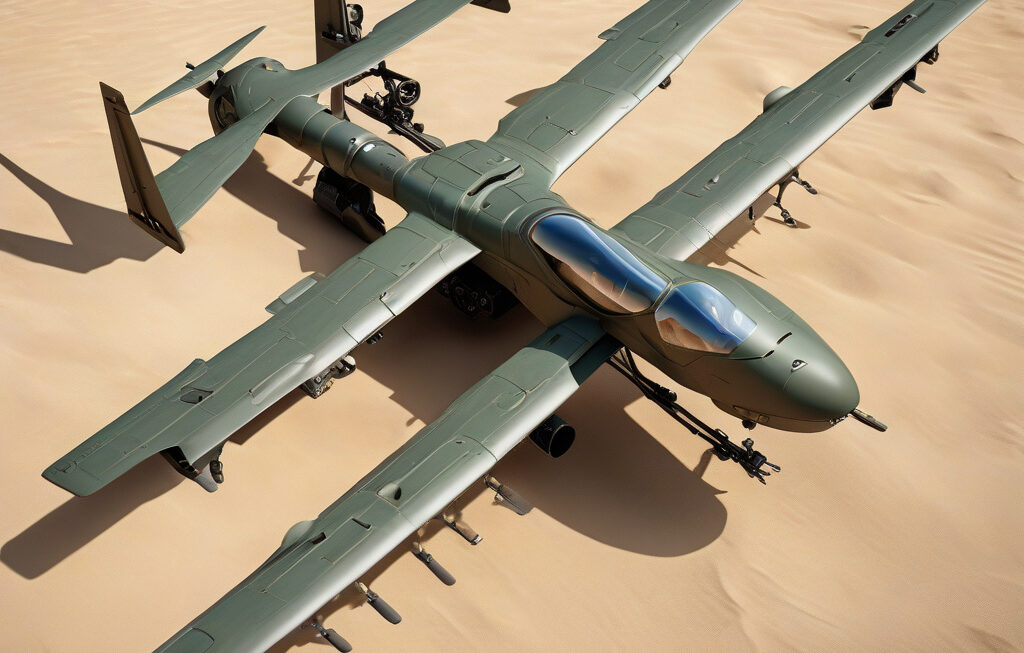Revolutionizing Naval Operations: UK Successfully Pilots Giant Submarine Drone Remotely
The UK’s Royal Navy has successfully tested long-distance communication with its new Extra-Large Uncrewed Underwater Vehicle (XLUUV), a massive 40-foot submarine drone. In a groundbreaking display of technological prowess, the Royal Navy remotely piloted the giant autonomous vehicle from the other side of the world, marking a significant milestone in modern naval operations.
The successful test of the XLUUV represents a significant leap forward in the realm of autonomous underwater vehicles (AUVs). With the ability to operate independently for extended periods, these advanced drones are set to revolutionize maritime surveillance, reconnaissance, and data-gathering capabilities. The Royal Navy’s use of the XLUUV demonstrates a commitment to leveraging cutting-edge technology to enhance operational efficiency and maintain a strategic advantage in an ever-evolving global landscape.
One of the key advantages of deploying XLUUVs is their ability to perform a wide range of missions without putting human lives at risk. These autonomous submarine drones can be utilized for various tasks, including intelligence gathering, underwater mapping, environmental monitoring, and anti-submarine warfare. By harnessing the power of artificial intelligence and advanced sensor systems, the Royal Navy can gather crucial data and intelligence in real-time, enabling faster decision-making and enhancing situational awareness.
Furthermore, the long-distance remote piloting capability of the XLUUV opens up a world of possibilities for naval operations. By being able to control the submarine drone from thousands of miles away, naval commanders can extend their reach and conduct missions in remote or hostile environments with reduced risk. This level of operational flexibility is crucial in modern warfare scenarios, where agility and adaptability are key to success.
The successful test of the XLUUV also highlights the UK’s commitment to innovation and technological advancement in defense. By investing in cutting-edge capabilities such as autonomous underwater vehicles, the Royal Navy is positioning itself as a leader in maritime security and surveillance. As geopolitical tensions continue to rise and maritime threats evolve, the ability to deploy advanced autonomous systems will be essential in safeguarding national interests and maintaining a strategic edge.
In conclusion, the UK’s successful remote piloting of the giant 40-foot submarine drone represents a significant achievement in modern naval operations. By harnessing the power of autonomous underwater vehicles, the Royal Navy is poised to enhance its capabilities in surveillance, reconnaissance, and warfare. As technology continues to play an increasingly important role in defense strategies, the deployment of XLUUVs heralds a new era of innovation and efficiency in maritime operations.
navaloperations, submarinedrone, autonomousvehicles, technologicalinnovation, RoyalNavy












